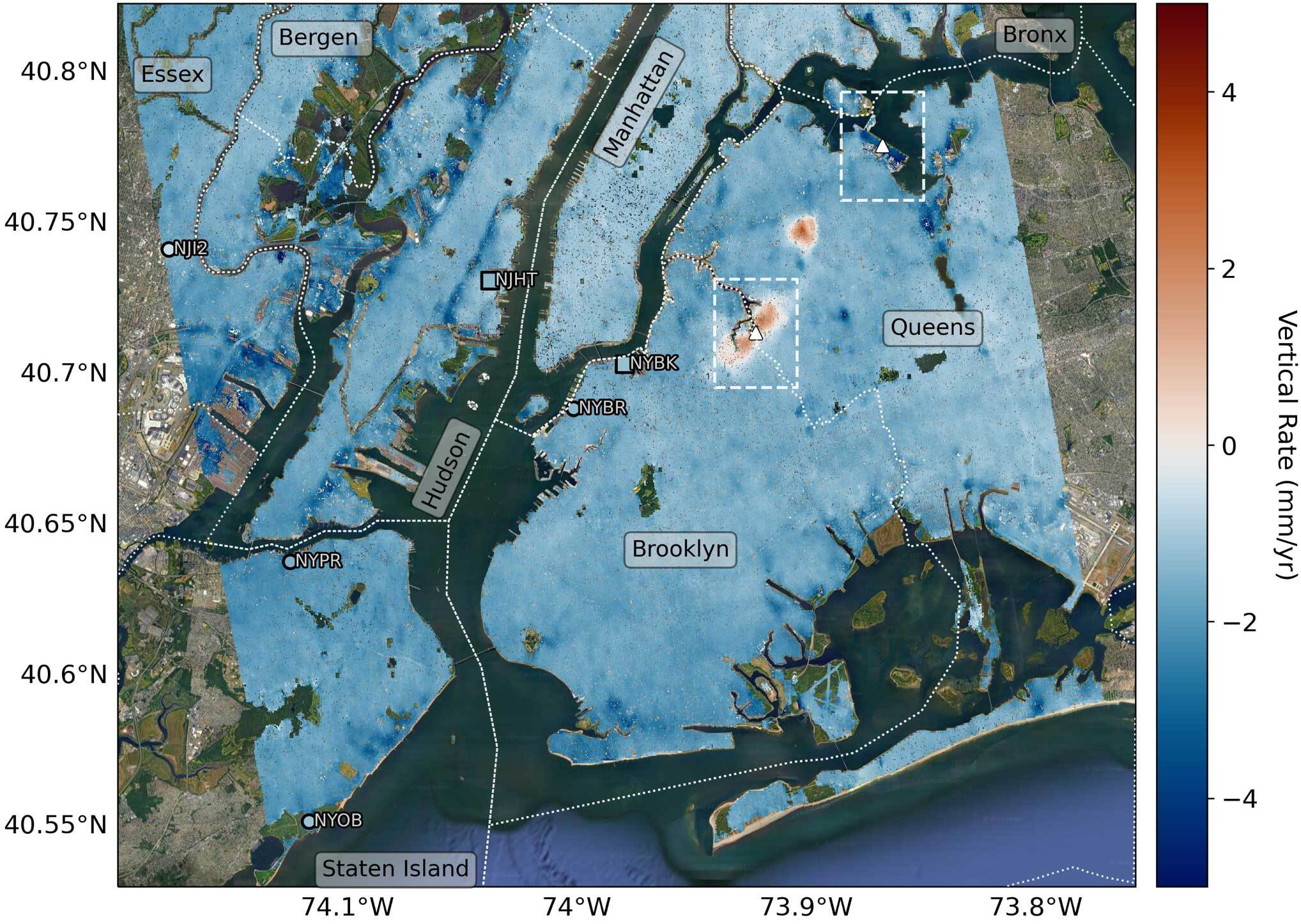The average American home produces 533 million microfibers annually, according to a 2019 study by Ocean Wise. CiCLO, a new polyester and nylon additive, promises to make those microfibers biodegrade in landfills or water, potentially eliminating these microplastic pollutants. Meet Andrea Ferris, CEO and cofounder at Intrinsic Advanced Materials, maker of CiCLO, a nutrient that attracts microorganisms to the weakest points in a synthetic fiber, where they feed and break down the material. According to the company, the result is a textile that decomposes as quickly as natural fibers like wool. CiCLO has been certified by OEKO-TEX ECO PASSPORT as not harmful to human health. While we must reduce the use of synthetics, it is also beneficial to make those materials we use less damaging when they escape into nature.

Synthetic textiles are a plague, starting with shoppers who buy, wear, and discard clothing at an unprecedented rate. Too often, clothing becomes waste in the environment. Consumers wear fast fashions an average of only seven times before discarding them. CiCLO is an intriguing solution for the clothes that end their useful life in the landfill or as litter — it could help reduce the long-term impact of materials that escape into nature. You can learn more about CiCLO and Intrinsic Advanced Materials at https://ciclotextiles.com/








Recent Comments